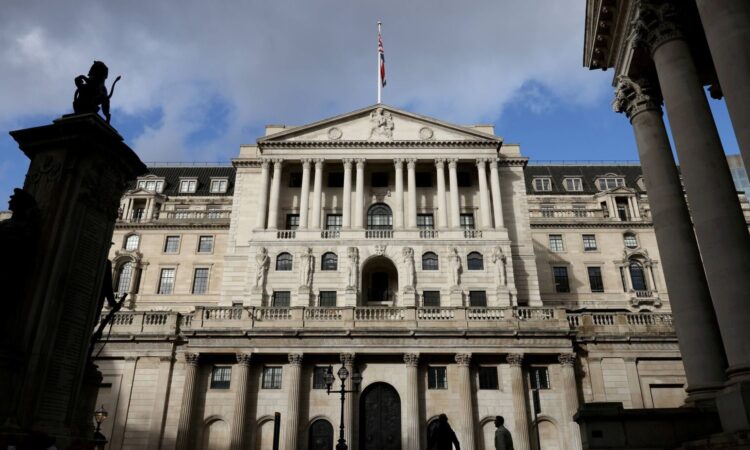UK lifts rate cut hopes in 2024 on softer March inflation, US steps behind after Powell signals delay

United Kingdom (UK) has paved way for the Bank of England (BoE) to start interest rate cuts in 2024 after inflation dropped to its lowest level in two and a half years in March amid further easing in food prices. Consumer prices in UK rose by 3.2 per cent in the year to March, the lowest level since September 2021, falling from 3.4 per cent in February, said the Office for National Statistics.
UK’s March inflation print underscored market uncertainty about when BoE policymakers led by Governor Andrew Bailey will be able to ease off on the highest interest rates in 16 years. However, UK inflation is still higher than the BoE’s two per cent but the direction of the downtrend is clear, said analysts.
While UK has lifted rate cut hopes. a surprise jump in price pressures in the US last week has prompted Federal Reserve Chair Jerome Powell to warn that interest rates in the world’s largest economy may stay higher for some time.
UK inflation: Key metrics
Core inflation, which excludes energy, food, alcohol and tobacco, fell to 4.2 per cent last month from 4.5 per cent, which was also was stronger that economists had expected. Meanwhile, inflation in the services sector — watched by the BoE for indications of domestically driven price pressures — eased to six per cent from 6.1 per cent. The BOE and economists had expected a drop at 5.8 per cent.
Traders in the UK significantly pared bets on interest-rate cuts from the BoE, moving to favor just one quarter-point reduction this year. Sterling hit a fresh one-month high against the euro and rose versus a weakening dollar after the UK inflation data released earlier today.
The pound gained as much as 0.4 per cent to $1.2479, reversing earlier losses after the data and snapping three days of declines. The yield on two-year gilts, among the most sensitive to policy, rose as much as six basis points to 4.53 per cent, the highest since February. UK consumer price index-based inflation hit a high above 11 per cent at the end of 2022 in the wake of Russia’s invasion of Ukraine, which led to sharp increases in energy costs.
UK likely to announce rate cuts sooner than US
The latest inflation data shows that the UK’s inflation rate is lower than the US’s for the first time in two years. In March, inflation in the US rose to 3.5 per cent. BoE Governor Andrew Bailey hinted that UK might be able to lower interest rates before the US, adding that inflation dynamics in the two economies are diverging.
Bailey said that there is more demand-led inflation pressure in the US than seen in the UK after markets were spooked by surprisingly strong US price data last week. He said there is strong evidence of UK price pressures retreating.
The remarks suggest that Bailey sees little threat of the UK also suffering a similar resurgence in inflation that was seen in US price data for March last week. Bailey’s words contrasted with those of Fed Chair Jerome Powell, who said on Tuesday that recent inflation data indicated that it will take longer for US officials to have the confidence they need to lower interest rates.
UK inflation is set to fall further in April, possibly to below two per cent, as a result of sharply lower domestic energy bills, which economists think could prompt policymakers at the BoE to consider a cut in interest rates in the next few months from the current 16-year high of 5.25 per cent.
Higher interest rates — which cool the economy by making it more expensive to borrow, thereby bearing down on spending — have contributed to bringing down inflation worldwide.
Unlock a world of Benefits! From insightful newsletters to real-time stock tracking, breaking news and a personalized newsfeed – it’s all here, just a click away! Login Now!






